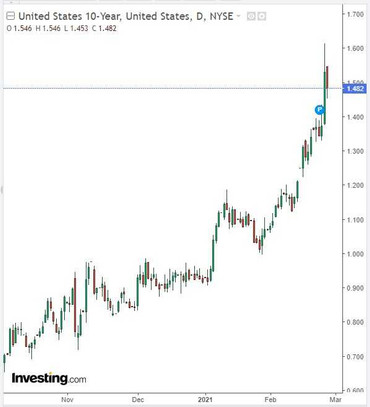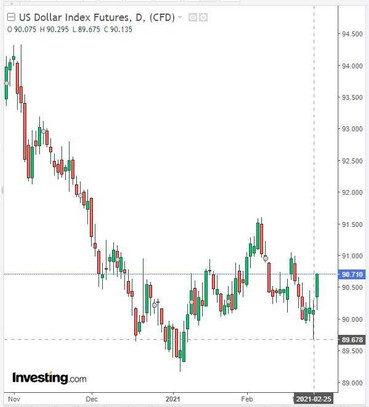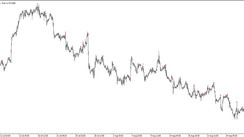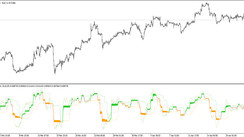The growth of inventories in US oil storage facilities last reporting week did not prevent oil quotes from updating their 22-month highs this week. As reported on Wednesday in the US Department of Energy, crude oil reserves in the country in the week of February 13-19 increased by 1.285 million barrels (the forecast assumed a reduction in reserves by -5.372 million barrels). The data also showed an increase in crude oil storage at an oil storage facility in Cushing, Oklahoma, by 2.8 million barrels. On Tuesday, the American Petroleum Institute also reported an increase in reserves (by about 1 million barrels).
Nevertheless, last Thursday the price of WTI crude oil reached $ 63.75 per barrel, which corresponds to the levels of 22 months ago.
The rise in oil prices was accompanied by an improvement in market sentiment regarding the global economic recovery and a fall in the dollar, which gained new momentum after the statements of FRS Chairman Jerome Powell on maintaining a soft monetary policy.
The US dollar was under pressure from the comments of Powell, who noted that the economy may need about three years to achieve the main targets of the US Federal Reserve System, and all this time the regulator will maintain a soft monetary policy. Expectations of a speedy economic recovery amid massive fiscal stimulus in the US and the launch of the vaccination campaign continue to support investor optimism, which negatively affects the US dollar as a safe haven asset.
A sharp cold snap across much of the US last week also boosted the price of oil and petroleum products due to lower production volumes.
Since the beginning of this year, prices for Brent crude have increased by 29% and WTI by 32%.
However, oil market participants are cautious ahead of the key OPEC+ meeting next week.
According to media reports, the alliance is considering easing production restrictions somewhat at this meeting. The increase in OPEC+ production by 500,000 barrels per day, as well as the cancellation of the cut in Saudi Arabia's production unilaterally by 1 million barrels per day will mean that the world oil supply will increase by 1.5 million barrels from April. This could negatively affect oil prices if the market cannot absorb this additional volume.
Today, as usual, oil market participants will follow the publication (at 18:00 GMT) of the weekly data of the oilfield services company Baker Hughes on the number of active rigs in the United States. After their number reached 888 in November 2019, the number of active rigs in the United States subsequently began to decline, and in March 2020, the pace of closure of oil rigs accelerated significantly due to a sharp drop in oil prices.
On the week before last, their number was 305 units (against 306, 299, 295, 287, 275 in the previous reporting periods). It is obvious that the number of oil companies in the US is growing again, which is a negative factor for oil prices. Another rise is likely to have a negative impact on oil quotes, but, most likely, only in the short term.
In fact, the dynamics of the oil market at the moment will be determined by the dynamics of the dollar and stock indices, the volume of oil production in the world, as well as information regarding the situation with the coronavirus.
At the time of publication of this article, WTI crude was trading near 62.90, $ 0.85 below the local high of $ 63.75 a barrel reached last Thursday. And so far, the trend in oil prices has a stable bullish character.
Meanwhile, the dollar is growing on Friday, recovering its positions after falling the day before, receiving support from the growing yields of US government bonds. Yesterday it reached 1.614% versus 0.500%, August 2020 levels.

The DXY dollar index also looks to rise by the results of the week, despite strong volatility and a drop in the previous two days. As of this writing, DXY futures are traded near 90.71, 104 points above the local intra-week low reached last Thursday.

However, many economists believe that the bearish dollar trend will continue, given the Fed's intention to adhere to the parameters of the current super soft policy in the next 2-3 years.





